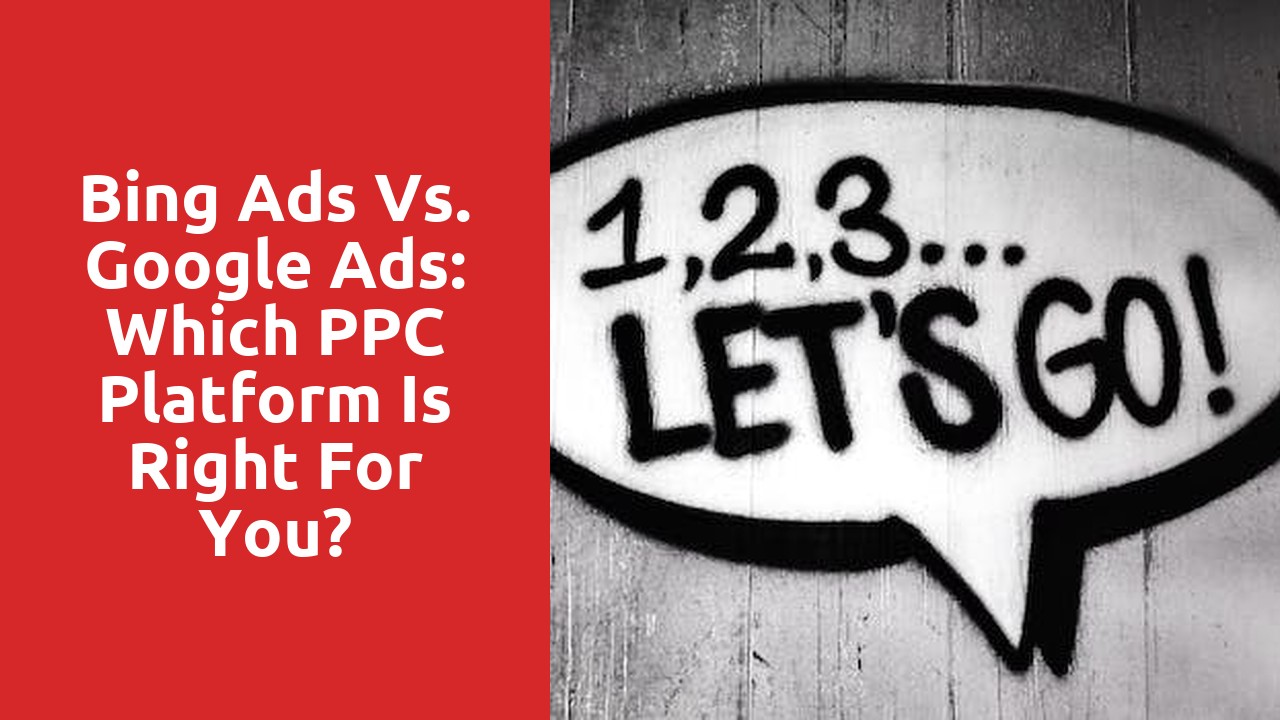Understanding the Basics of Remarketing
Remarketing is a powerful marketing strategy that can help businesses reconnect with potential customers who have previously shown interest in their products or services. It involves tracking the online activities of individuals, such as their visits to a website or the items they have added to their shopping carts, and then displaying targeted ads to them across various platforms. By using remarketing techniques, businesses can increase their chances of converting these potential customers into actual buyers.
One of the key advantages of remarketing is its ability to reach a highly targeted audience. Since the ads are only shown to individuals who have already expressed some level of interest, the chances of getting their attention and prompting them to take action are significantly higher. Moreover, remarketing enables businesses to stay top-of-mind with potential customers by showing them relevant ads as they browse the web or use social media. This constant exposure can help reinforce brand awareness and increase the likelihood of conversion. Overall, understanding and harnessing the basics of remarketing can be a game-changer for businesses seeking to boost their online marketing efforts.
Identifying Your Target Audience for Remarketing
The first step in successful remarketing is identifying your target audience. By understanding who your ideal customers are, you can tailor your remarketing efforts to effectively reach and engage with them. Start by analyzing your existing customer base and looking for common demographics, interests, and behaviors. This will give you valuable insights into the characteristics of your target audience and help you develop a targeted remarketing strategy.
Another effective way to identify your target audience is by conducting market research. This can involve surveying your customers or potential customers to gather data on their preferences, needs, and purchasing habits. By collecting this information, you can gain a deeper understanding of your target audience and create more personalized remarketing campaigns. Additionally, analyzing competitor insights and industry trends can provide valuable information on the wider audience you should be targeting. With a clear understanding of who your target audience is, you can optimize your remarketing efforts and maximize your chances of success.
Crafting Compelling Ad Copy for Remarketing Campaigns
When it comes to crafting compelling ad copy for remarketing campaigns, it’s important to understand the mindset of your target audience. These potential customers have already shown interest in your products or services, so your ad copy should focus on reminding them of what they’ve already seen or explored. By using language that resonates with their needs and desires, you can create a sense of familiarity and trust that will encourage them to take action.
One effective strategy is to highlight the unique benefits or features of your products or services that set you apart from the competition. Showcase how your offerings can solve their problems or address their specific pain points. Keep the ad copy concise and engaging, using powerful language that evokes emotions and appeals to their senses. By tapping into their emotions and appealing to their desires, you can create a sense of urgency that compels them to click on your ad and revisit your website. Remember, the goal is to spark their interest and reignite their desire to convert.
Choosing the Right Ad Formats for Remarketing
When it comes to remarketing, choosing the right ad formats can make all the difference in reaching your target audience effectively. With a wide range of options available, it’s important to consider the specific goals of your campaign and the preferences of your audience. One popular ad format for remarketing is display ads, which can be visually appealing and eye-catching. These ads can be placed on various websites and offer the flexibility to include images, videos, and interactive elements. Display ads can help reinforce your brand message and keep your business top of mind for potential customers.
Another effective ad format for remarketing is video ads. With the rise of video content consumption, incorporating video ads into your remarketing strategy can be a powerful way to engage your audience. Video ads can be placed on platforms like YouTube and social media channels, allowing you to reach a wide audience and showcase your products or services in a dynamic and captivating manner. By leveraging the power of visuals, storytelling, and motion, video ads can help increase brand awareness and generate more conversions for your business.
Ultimately, the choice of ad formats for remarketing depends on your campaign objectives and the preferences of your target audience. By carefully considering these factors and experimenting with different formats, you can find the right ad formats that resonate with your audience and drive the desired results. Stay tuned for the next section where we will explore the importance of compelling ad copy in remarketing campaigns.
Utilizing Dynamic Remarketing to Personalize Ads
Dynamic remarketing is a powerful advertising technique that enables businesses to connect with potential customers in a highly personalized way. By tailoring ads to individual users based on their previous browsing behavior, dynamic remarketing allows businesses to deliver relevant and timely messages that resonate with their target audience. This level of personalization not only increases the chances of attracting and converting potential customers but also enhances the overall user experience.
One of the key benefits of utilizing dynamic remarketing is its ability to showcase products or services that users have already shown interest in. By reminding users of their past interactions with a website or app, businesses can effectively re-engage potential customers and encourage them to make a purchase. This personalized approach not only generates higher conversion rates but also strengthens the relationship between the brand and its customers. Additionally, dynamic remarketing allows businesses to cross-sell or upsell products, by displaying ads for complementary or higher-priced items to users who have previously made a purchase. This targeted approach not only maximizes revenue potential but also ensures that customers receive relevant and valuable recommendations.
Implementing Effective Audience Segmentation for Remarketing
One key strategy for achieving success in remarketing campaigns is implementing effective audience segmentation. By dividing your target audience into smaller, more specific groups, you can tailor your marketing messages and offers to better meet their individual needs and preferences. This personalized approach not only increases the likelihood of conversions but also helps to build stronger relationships with your audience.
To implement effective audience segmentation, start by analyzing your existing customer data. Look for common characteristics, such as demographics, interests, and behaviors, that can be used to create distinct segments. Once you have identified these segments, develop customized content and offers that speak directly to each group. This could involve creating different ad campaigns or landing pages for each segment, or sending targeted emails with personalized product recommendations. By implementing audience segmentation in your remarketing efforts, you can significantly boost the effectiveness of your campaigns and maximize your return on investment.














